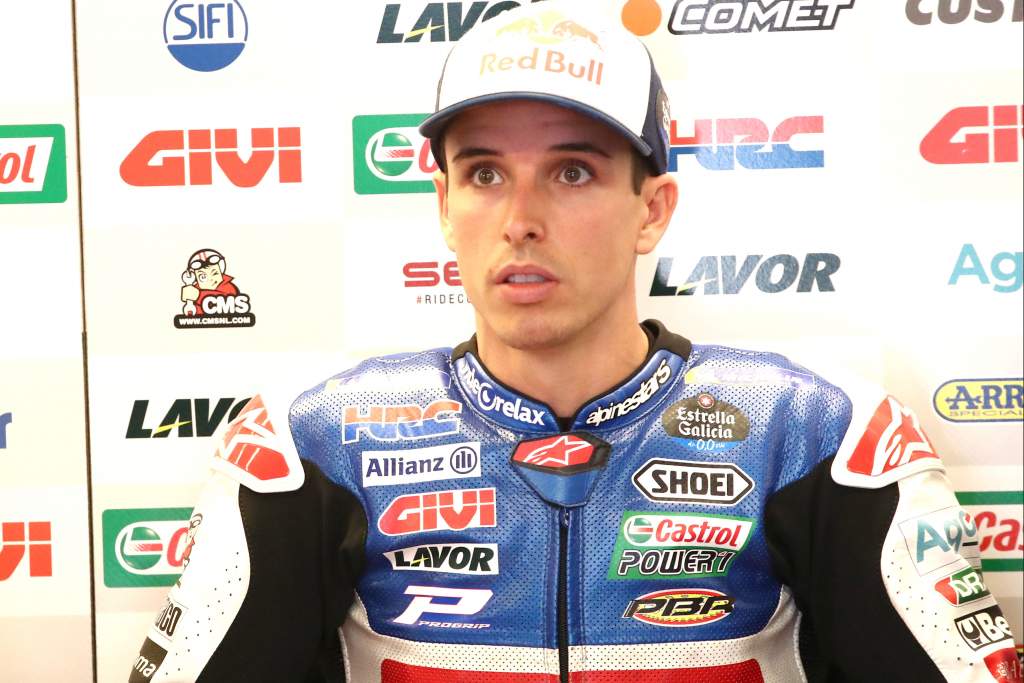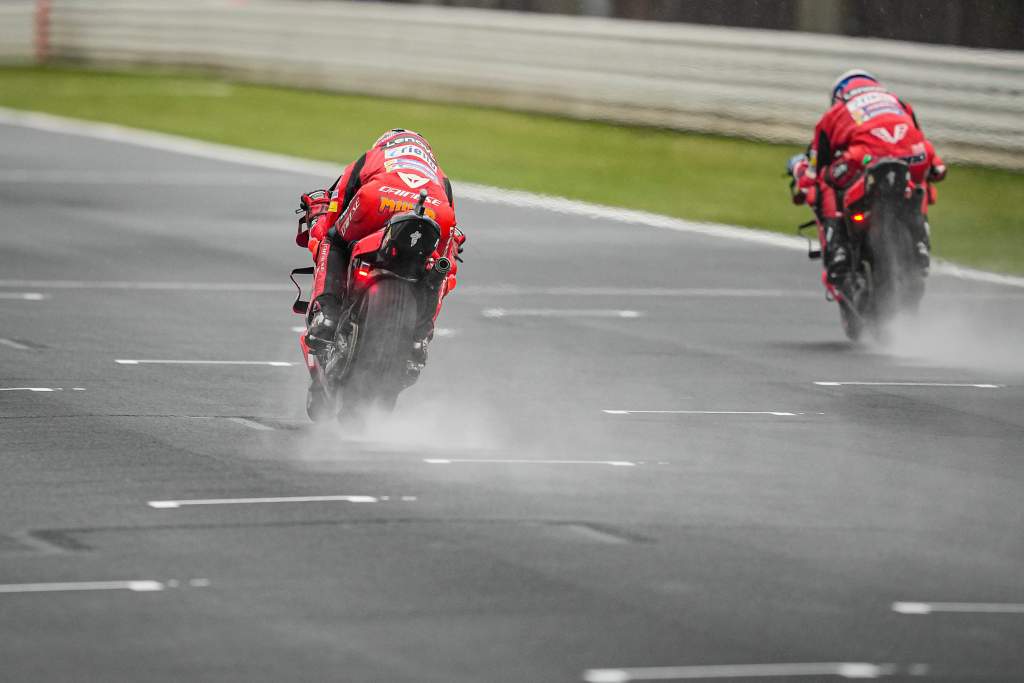It’s now over two years since MotoGP teams first started experimenting with devices that adjust the suspension of their machines not just off the start line but mid-corner during races in an attempt to control wheelies and improve acceleration. But, with some manufacturers still opposed to the gadgets, what does the future hold for the series’ latest must-have part?
First introduced by Ducati without anyone noticing towards the end of the 2018 season as a form of mechanical launch control, the suspension lock-out devices that prevent bikes’ suspension from travelling and wasting power in the process have evolved considerably since then.

Moving on from something that was initially only activated for the start to something that could then be used exiting some corners, teams like Ducati and fellow Italian manufacturer Aprilia have now developed the system even further into one that can be used mid-corner to perfectly set up the exit and to make sure that bikes essentially never waste power pulling wheelies.
That’s something explained in detail by LCR Honda rider Alex Marquez at the Emilia Romagna Grand Prix, with Marquez saying he got a first-hand look at Ducati’s device in action after following Pecco Bagnaia in the first segment of qualifying.
“It’s nothing new and we already expected that difference,” Marquez said when asked by The Race where he saw Bagnaia gain time, “but especially on the acceleration. Here we have three straights, after Turn 6, after Turn 10 and after the last corner, Turn 16. They have a really good rear device, the bike goes down really really fast, and really down, and they can put down a lot of power.

“Then for sure Pecco here, he is really fast on all the corners, but [it’s] more like things you need to polish [in terms of riding style] – but those three straights they make a really big difference compared to us.
“It’s nothing new, because already in the wet [during Friday’s free practice] we saw that, but it’s something that for the future we need to improve, because it’s free time.
“It’s time that is easy to win for a rider. I think that for a manufacturer it’s more difficult, more difficult to put down the power and to make a good device, but I hope that in the future we will improve in that area.”
That’s been particularly noticeable not just for Honda but especially for Suzuki, with the 2020 champions the last team to bring its version of the component and Joan Mir admitting that he believes the lack of Suzuki’s own system until the midpoint of the 2021 season was a major factor in his rather lacklustre title defence this year.
And while Suzuki does now have a working component in place, it’s generations behind the likes of the Italian brands, who have repeatedly shown an innovative flair missing from the Japanese teams.

It’s believed by The Race’s sources in the paddock that it’s the Japanese teams who are pushing hard to have restrictions placed on the devices in the future, with technical liaison body the Motor Sport Manufacturers Association meeting to discuss the topic at Misano last month – but reportedly failing to come to an agreement governing future use.
The conservatism towards the devices is believed to stem from both the complications and cost they add to bikes as well as the extremely limited technology transfer for road-going machines, where adding such a part is likely to be seen as sending the wrong message.
Yet with the MSMA far from being able to reach any sort of consensus and despite initial rumours that the sport’s governing body would attempt to restrict the use of the ride height devices once every manufacturer had brought its own version, it seems that they’re here to stay, at least for now.




